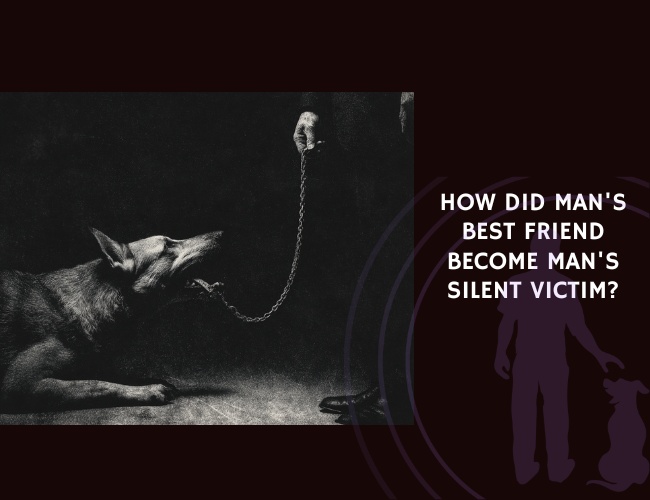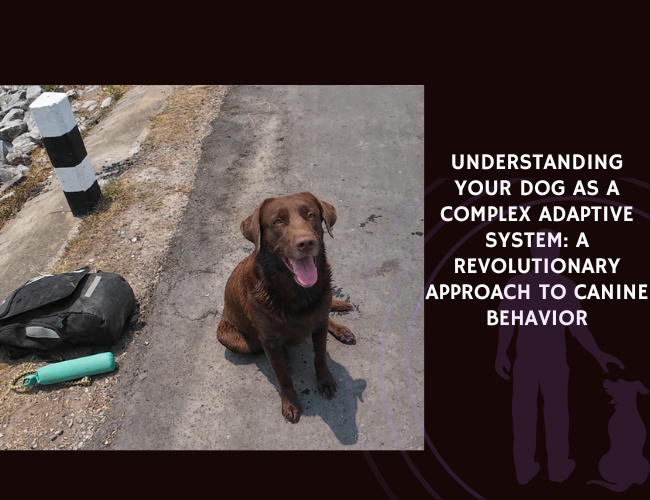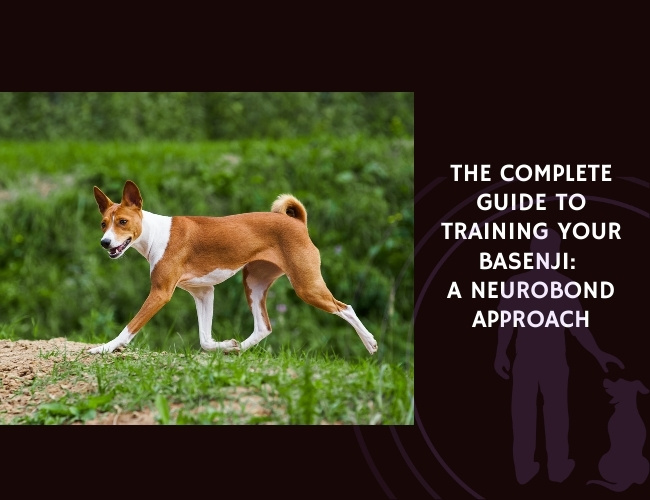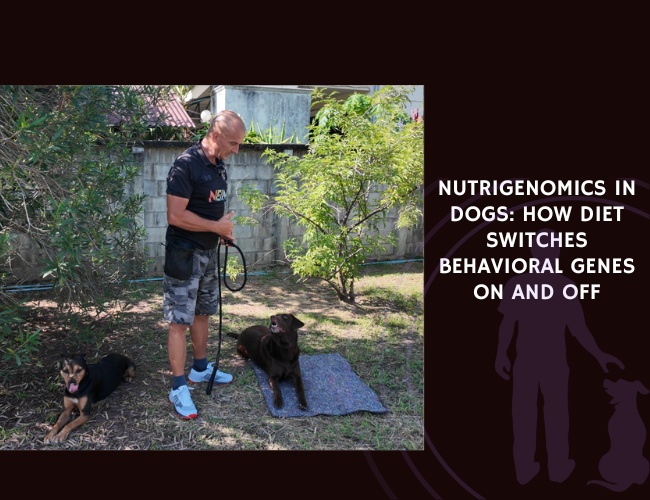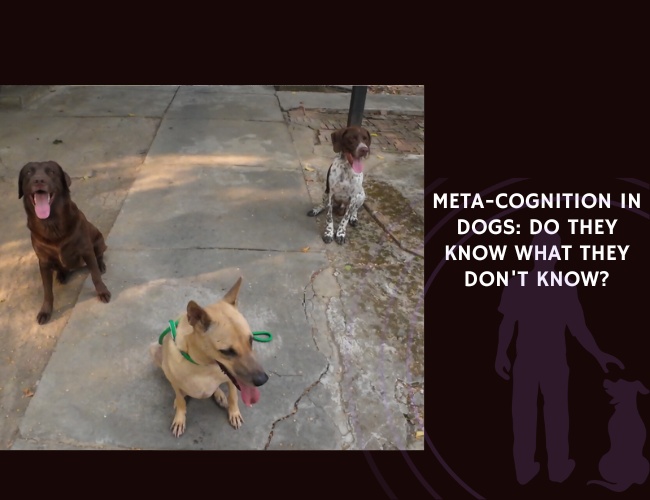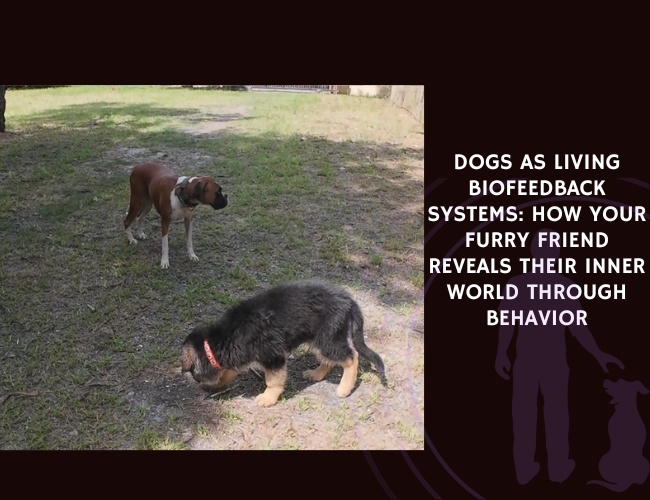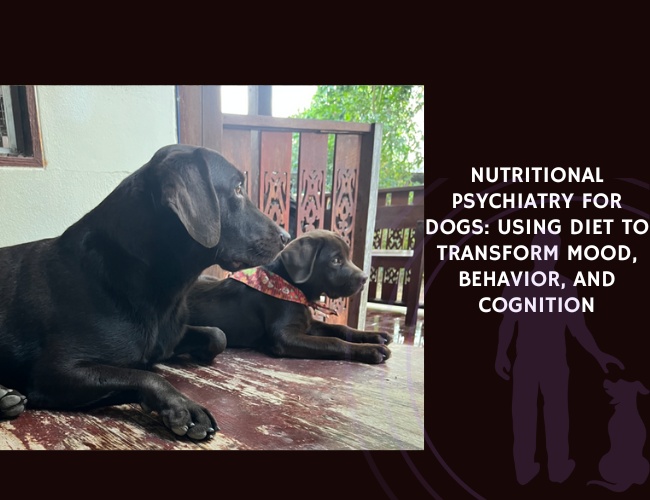This piece draws its insights from groundbreaking research by Dr. Claire Diederich of the University of Namur, whose 2024 invited review in Veterinární Medicína asks the question that should haunt every dog lover: “Is man the best friend of the dog?” Through meticulous analysis of 97 scientific sources, Diederich exposes how our psychological needs have transformed selective breeding into a theater of human insecurity—where dogs pay the price for our aesthetic desires.
You’ve seen them in the park—those impossibly cute dogs with faces so flat they seem painted on, bodies so sculpted they look like living cartoons. Your heart melts. You want one. But beneath that irresistible exterior lies a story that might change how you see man’s best friend forever.
The Hidden Crisis in Modern Dog Breeding
Introduction: The Uncomfortable Truth We Must Face
Picture this: A French Bulldog puppy gazing up at you with those enormous, soulful eyes. That distinctive snorting breath that sounds almost like laughter. The wiggling, compact body that fits perfectly in your lap. Everything about this moment feels like pure love—until you realize that adorable snort is actually a struggle for air, those bulging eyes are prone to injury, and that perfect little body carries the weight of generations of genetic compromise.
This is the paradox of modern dog breeding—where our desire to create the “perfect” companion has led us down a path that betrays the very creatures we claim to love. As we delve deeper into this reality, you might notice how your perception shifts, how what once seemed charming begins to reveal itself as something more troubling.
The Weight of History: How We Got Here
From Partners to Projects
Let’s journey back thousands of years, to when the first wolf approached a human campfire. That moment—that choice—represented something profound: a mutual agreement, a partnership built on benefit for both species. The wolf gained food and protection; humans gained an ally in survival. Notice how this feels different from today’s reality.
Through millennia, this relationship evolved naturally. Dogs helped us hunt, protected our homes, herded our flocks. Their forms followed their functions, shaped by purpose rather than preference. A sheepdog’s agility came from chasing predators across hillsides. A retriever’s soft mouth developed from carrying game without damage. Every trait had meaning, every characteristic served life itself.
The Turning Point
Something shifted in the mid-1800s. The first dog show in 1843 marked more than just a competition—it signaled a fundamental change in how we viewed our canine companions. No longer partners in survival, dogs became living sculptures, bred not for what they could do, but for how they looked doing it.
Feel the weight of this transformation. In just over a century, we’ve compressed 15,000 years of evolution into a few generations of selective breeding. The diversity that once arose from geography and function now springs from human imagination—and human ego.
The Modern Reality: Beauty’s Hidden Cost
When Form Betrays Function
Consider the German Shepherd, once a robust working dog, now often seen with a sloped back that nature never intended. Watch one move, and you might notice something isn’t quite right—that distinctive gait that judges reward is actually a skeletal compromise that can lead to a lifetime of pain.
Or take the Cavalier King Charles Spaniel, bred for a head shape that’s literally too small for its brain. Imagine living with a constant headache, a pressure that never relents. This is the reality for many of these gentle souls, their suffering hidden behind those trusting eyes.
The Science of Suffering
Recent research paints a stark picture: inbreeding has become so severe that many purebred dogs are genetically equivalent to the offspring of siblings. Each generation, the genetic dice are loaded more heavily against health. A French Bulldog has a 42% chance of developing breathing problems severe enough to require surgery. A Dalmatian carries genes that make processing copper difficult, potentially leading to liver failure.
These aren’t isolated cases or unfortunate exceptions. They’re systematic outcomes of a breeding philosophy that prioritizes appearance over wellbeing. When you understand this, you begin to see each exaggerated feature—each “cute” quirk—as what it truly is: a potential source of suffering.
The Psychology Behind Our Choices
Mirror, Mirror
Why do we do this? Why do we choose companions whose very existence involves struggle? The answer lies not in the dogs, but in ourselves.
Dogs have become mirrors for our desires, our insecurities, our need for control. That perfectly flat face? It triggers our nurturing instincts, reminding us of human babies. Those shortened legs? They ensure the dog can never outrun us, never truly be independent. Every extreme trait reflects something about what we want—or what we fear.
The Comfort of Denial
Notice how your mind might be resisting these ideas. “But my dog is happy,” you might think. “He doesn’t seem to suffer.” This is cognitive dissonance at work—our remarkable ability to rationalize what we want to believe.
Owners of brachycephalic (flat-faced) dogs often report their pets are healthier than average, even as those same dogs gasp for breath. We’ve normalized dysfunction so completely that struggle has become “just how the breed is.” The snoring that keeps you awake? “How cute!” The inability to play for more than a few minutes? “They’re such calm dogs!”
The Path Forward: Healing What We’ve Broken
Awakening to Responsibility
The first step toward change is awareness—and if you’ve read this far, that awakening has already begun. Feel how your perception has shifted. That French Bulldog in the park—do you see it differently now? This discomfort you might be experiencing is not judgment; it’s compassion awakening.
Practical Steps for Change
For potential dog owners:
- Choose health over appearance. Research breeds known for robust genetics and fewer health issues
- Consider mixed breeds or crosses that benefit from genetic diversity
- Ask breeders hard questions about health testing and breeding practices
- Support breeders who prioritize welfare over show standards
For current owners:
- Love your dog completely while acknowledging the system that created their struggles
- Share your experience honestly with others considering similar breeds
- Support research and advocacy for healthier breeding standards
- Ensure your dog receives appropriate preventive care for breed-specific issues
For the broader community:
- Question breed standards that prioritize extreme features
- Support legislation that protects animal welfare in breeding
- Educate others with compassion, not judgment
- Celebrate functional beauty over dysfunctional aesthetics
The Vision of Tomorrow
Imagine a future where every tail wag comes from a body built for joy, not struggle. Where breathing is effortless, movement is free, and the only thing extreme about our dogs is their capacity to love. This future is possible—but only if we choose it.
Conclusion: The Choice Is Ours
As you close this article, you carry with you a new understanding—and with it, a responsibility. The dogs in our lives depend entirely on the choices we make. They cannot speak for themselves, cannot refuse the bodies we’ve designed for them, cannot escape the genetic legacies we’ve created.
But we can change. We can choose differently. We can return to that original partnership—one based on mutual benefit, not one-sided aesthetic pleasure.
The next time you see a dog, any dog, pause for a moment. Look beyond the surface to the being within. Ask yourself: Is this the life we want for our best friends? Is this the legacy we want to leave?
The answer to those questions will shape not just the future of dogs, but the very nature of our humanity. Because how we treat those who depend on us completely reveals who we truly are.
In the end, loving dogs means more than wanting them—it means wanting what’s best for them. And that journey begins with a single choice: to see clearly, to act compassionately, and to breed not for our eyes, but for their lives.
🐾
Every dog deserves a body that doesn’t betray them. Every breath should come easy. Every step should be painless. This isn’t too much to ask—it’s the very least we owe to the species that has given us everything.

